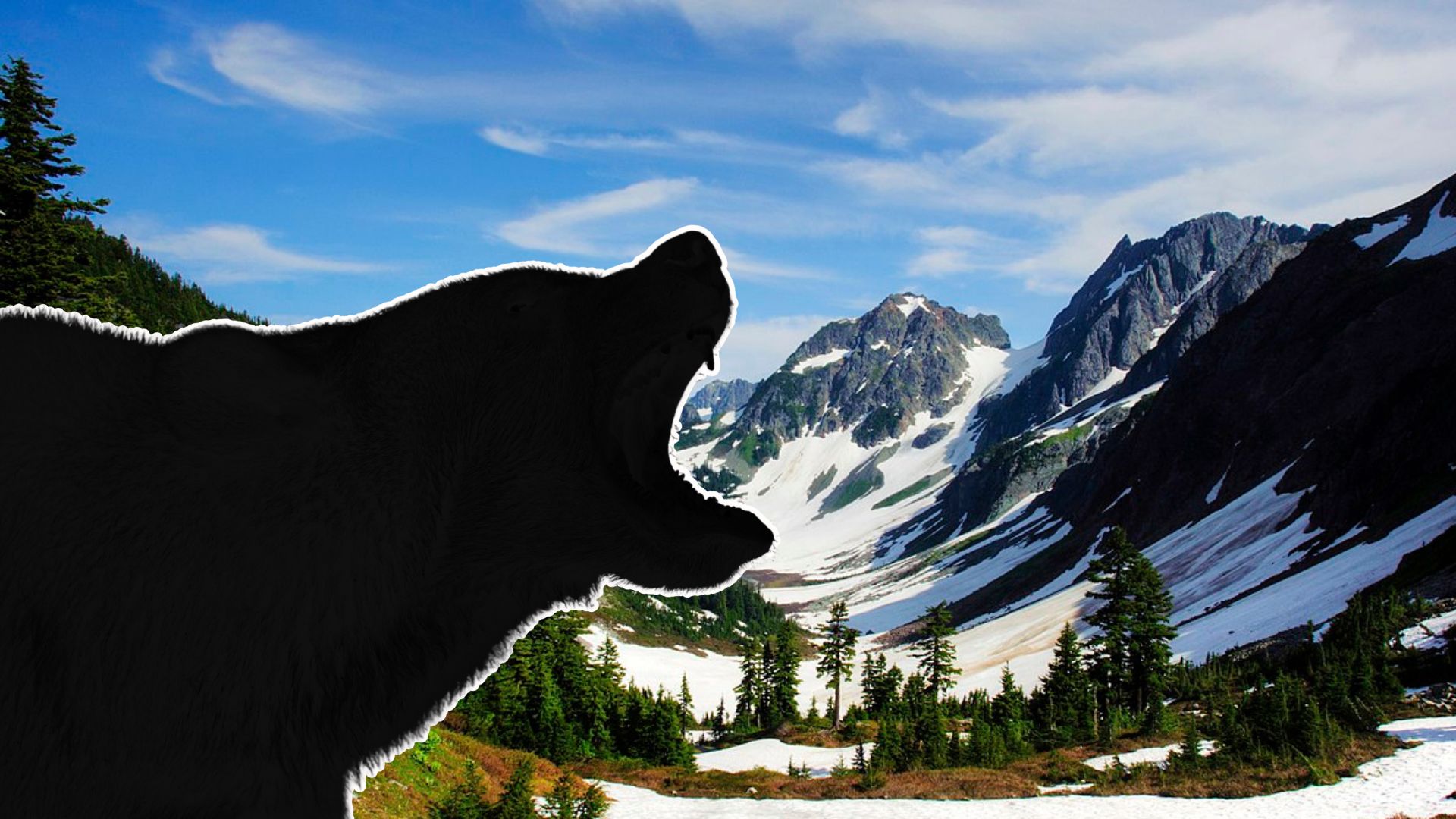Grizzly bears are returning to the North Cascades in Washington state, as federal officials report that the apex predator is thriving once again.
This news comes after the native creature has been missing from the ecosystem for nearly three decades due to over-hunting by settlers.
Restoring the Grizzly Population
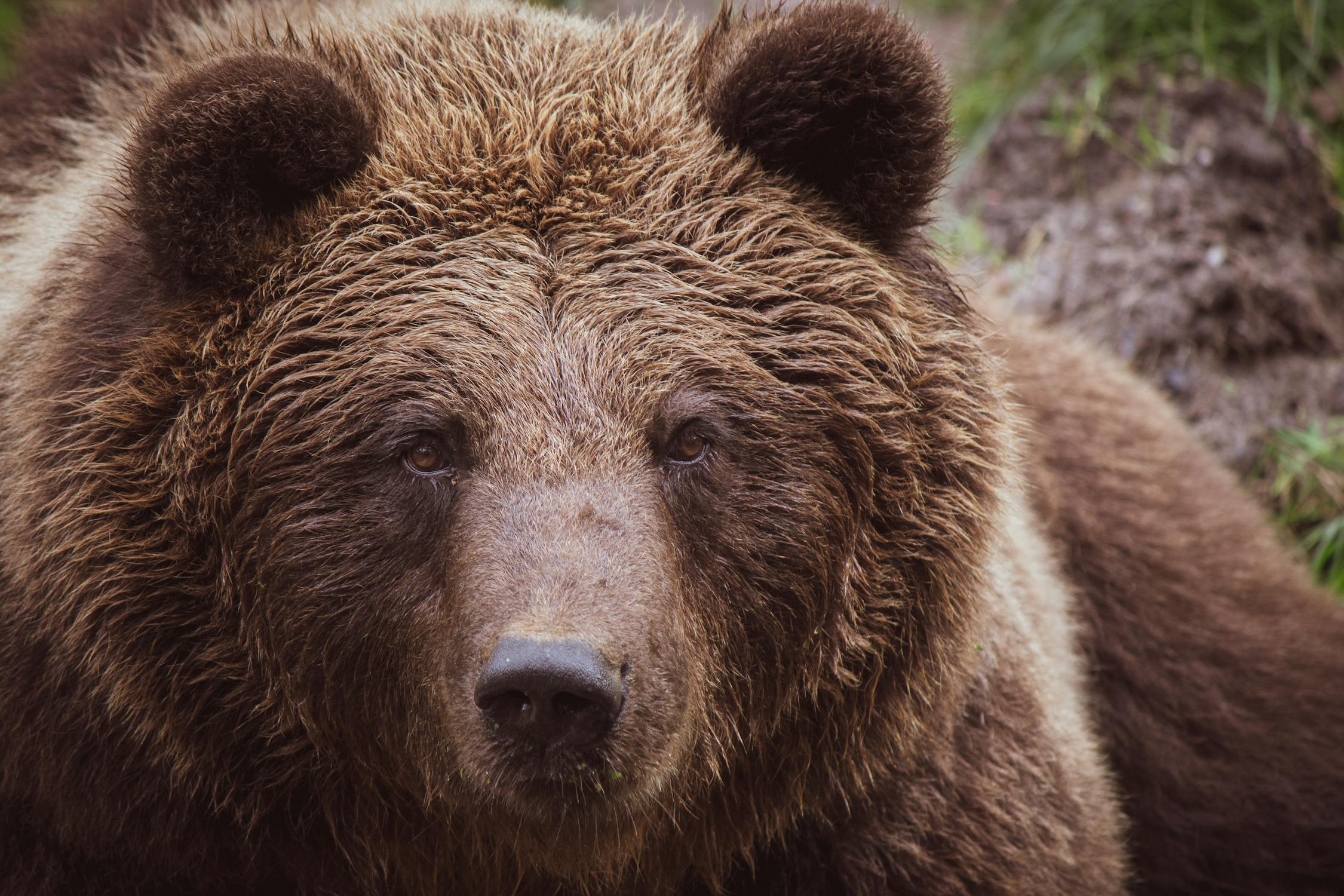
Officials announced the plan to relocate 25 grizzly bears to the mountain range, with hopes that the bears can increase their numbers to 200 within the next 100 years.
Current plans from two agencies will involve releasing three to seven bears each year into one of six areas where federal agencies are actively working on grizzly restoration, aiming to promote the healthier growth of the state’s ecosystem.
A Timeline for Success

According to Phys.org, it will take a couple of years to prepare these creatures to reintegrate into the remote and rugged landscape of Washington. The complex process involves trapping, trucking, and relocating bears by helicopter from British Columbia or northwestern Montana.
“There’s a lot to be done before we can even establish a timeline,” said Jason Ransom, a wildlife biologist at North Cascades National Park. “For a project like this to succeed, meticulous planning is crucial.”
Returning the Grizzlies to the North Cascades
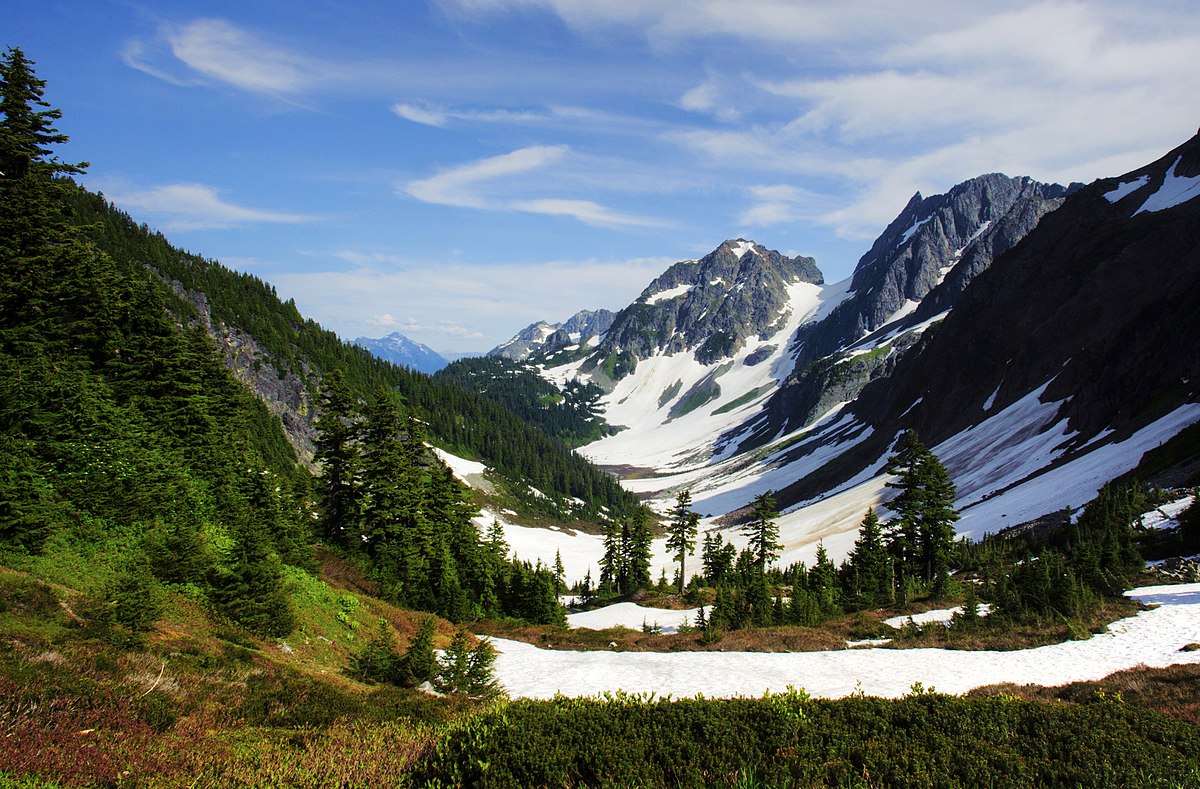
This restoration process in the North Cascades, which is one of the best-protected landscapes in the US, will see grizzlies return to the region after thousands were killed for their fur.
The bears have not been spotted in the region with certainty since 1996, according to the National Park Services. Now, two agencies are hoping to see the population grow over the next 60 to 100 years.
The Grizzly Restoration Plan
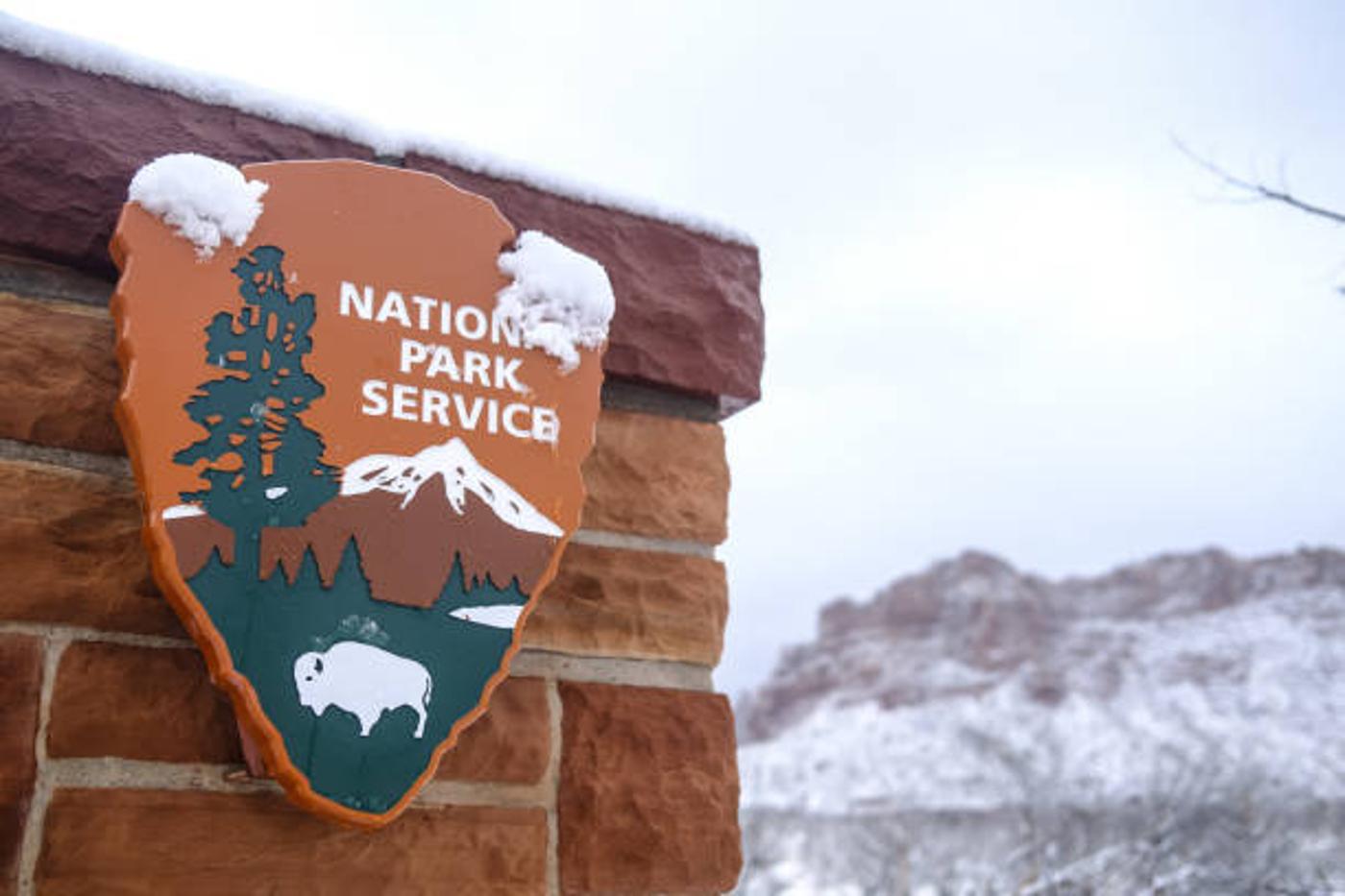
In 1975, the US Fish and Wildlife Service listed grizzly bears as a threatened species in 48 states. Hoping to support the natural apex predator, the Grizzly Bear Recovery Plan has outlined six recovery areas.
These include Yellowstone, the Northern Continental Divide, Cabinet-Yaak, Selkirk, Bitterroot, and the North Cascades.
The Odds are in the Grizzlies’ Favor
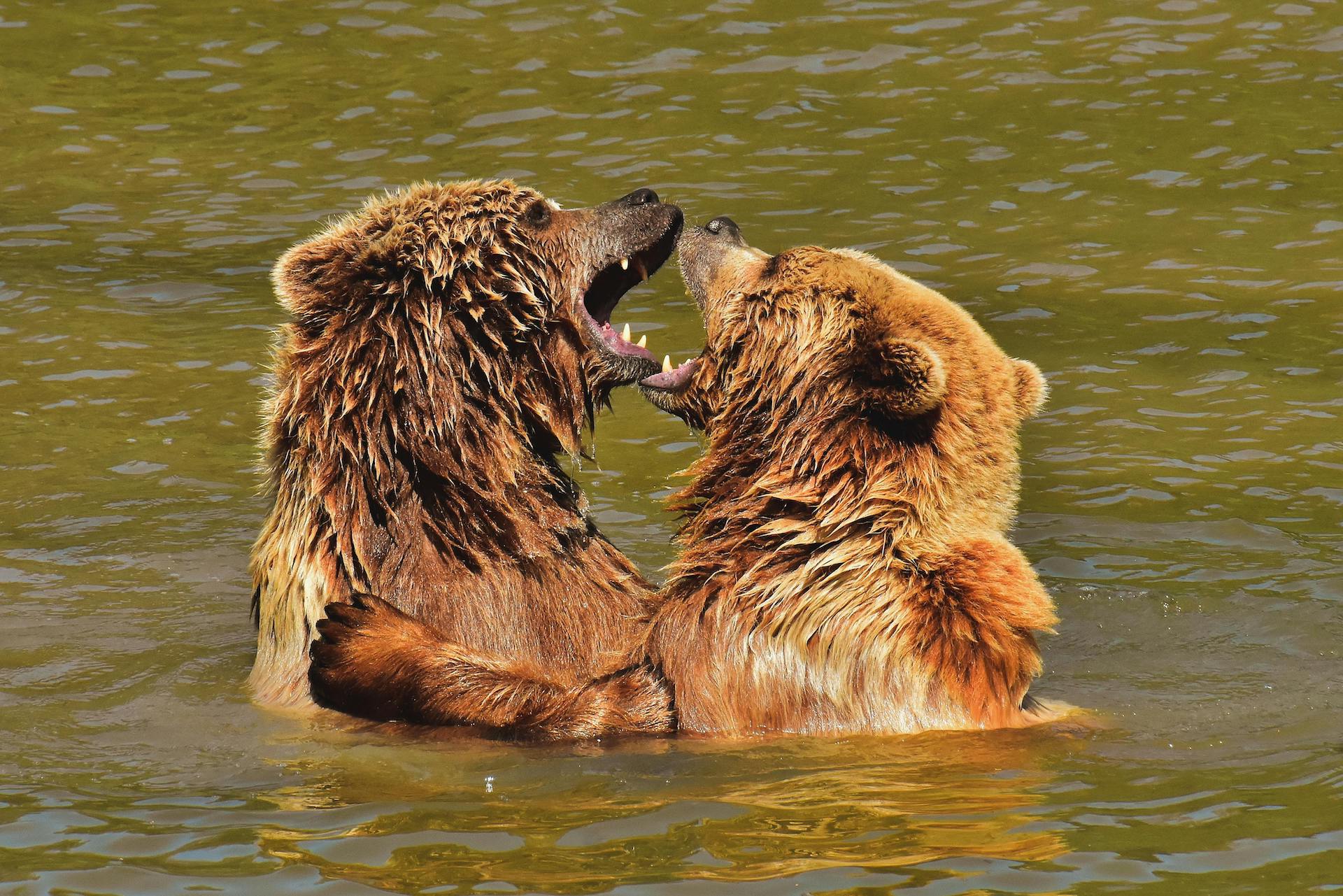
The likelihood of the bears thriving in the community is seemingly high, according to biologists behind the restoration.
“In terms of whether they can survive or not, the odds are in their favor,” Ransom said. “And they’re also generalists. They’re really good at figuring out where the food is, and they can adjust, and they’re pretty flexible in their diet.”
Support for the Grizzly Return
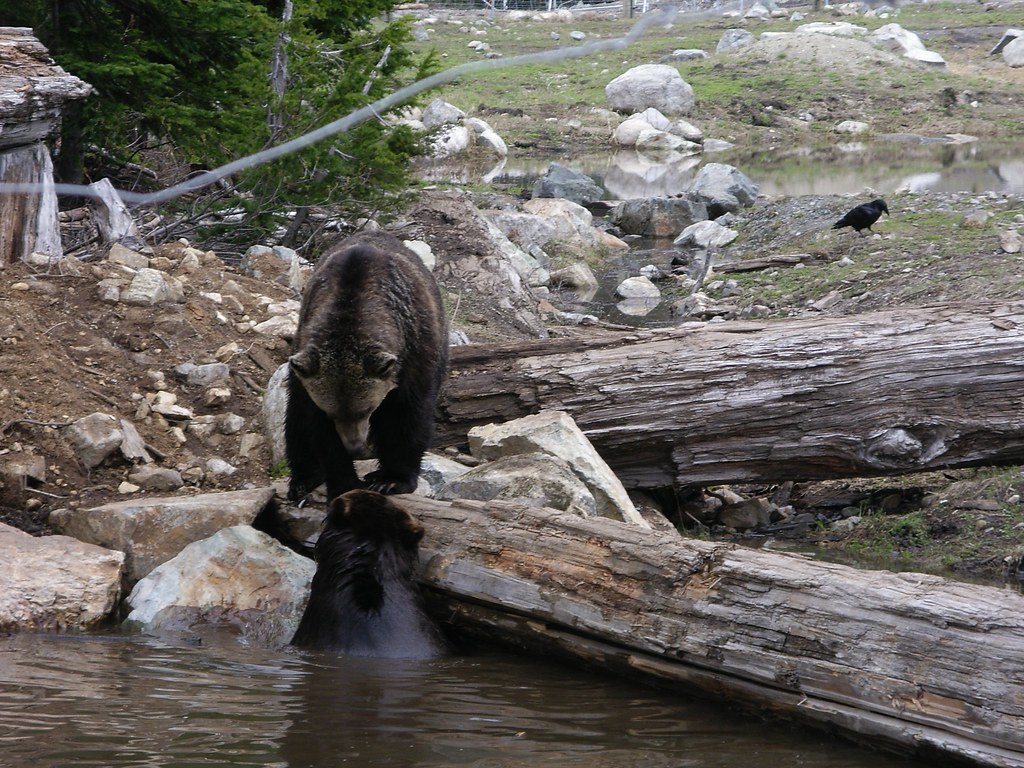
“Our culture had a war on these species and we know better now, and this is a chance for us to tell a different story,” said Gordon Congdon, a retired orchardist and conservationist who lives in Wenatchee, Washington, (via NBC News).
“We think by restoring the grizzly bear, that improves the ecology of the environment, which benefits other animals and benefits the diversity of habitat.”
Plans to Help the Ecosystem

One of the biggest reasons for this restoration plan is to return the predators to an environment where they can turn over soil, spread seeds, and help reshape the environment that has drastically changed under climate change.
“Putting back a species like that builds resilience in an ecosystem in the face of change,” Ransom says.
Those Against the Return

But not everyone is on board with the restoration of the grizzles. Some worry that bears present a safety risk to people. Others fear that stray bears will find themselves wandering into lowland areas with farms and livestock.
The loudest opponents to the restoration plan are farmers and ranchers near the border of the North Cascades.
Current Issues Farms and Ranchers Are Facing
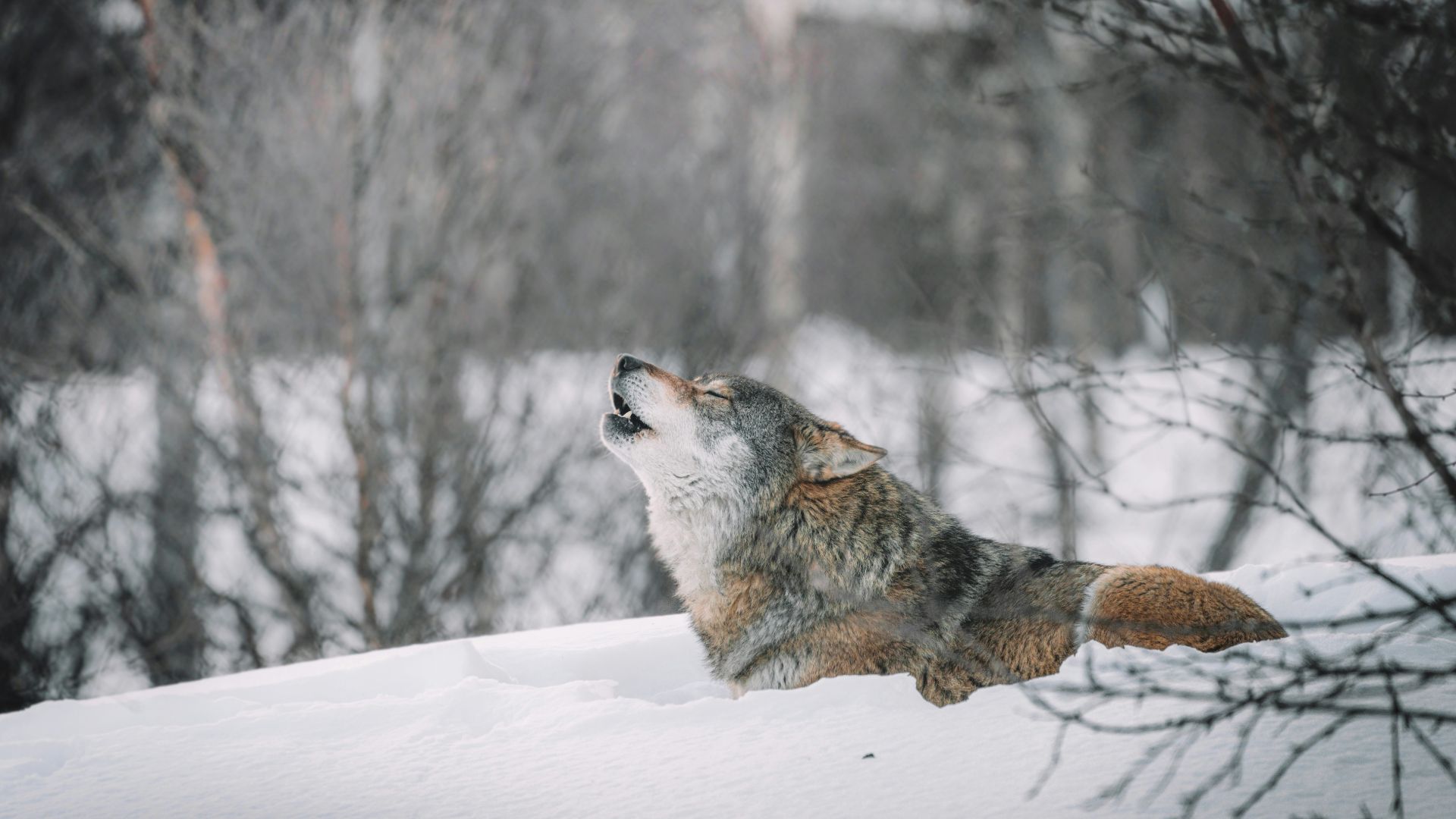
“We already have predator issues in the state. We don’t need another apex predator when we can’t deal with what we have,” said Rachel McClure, a rancher who is the secretary of the Okanogan County Cattlemen’s Association.
“We’re busy dealing with wolves. We don’t need to be thinking about bears.”
The Struggles with the Wolves
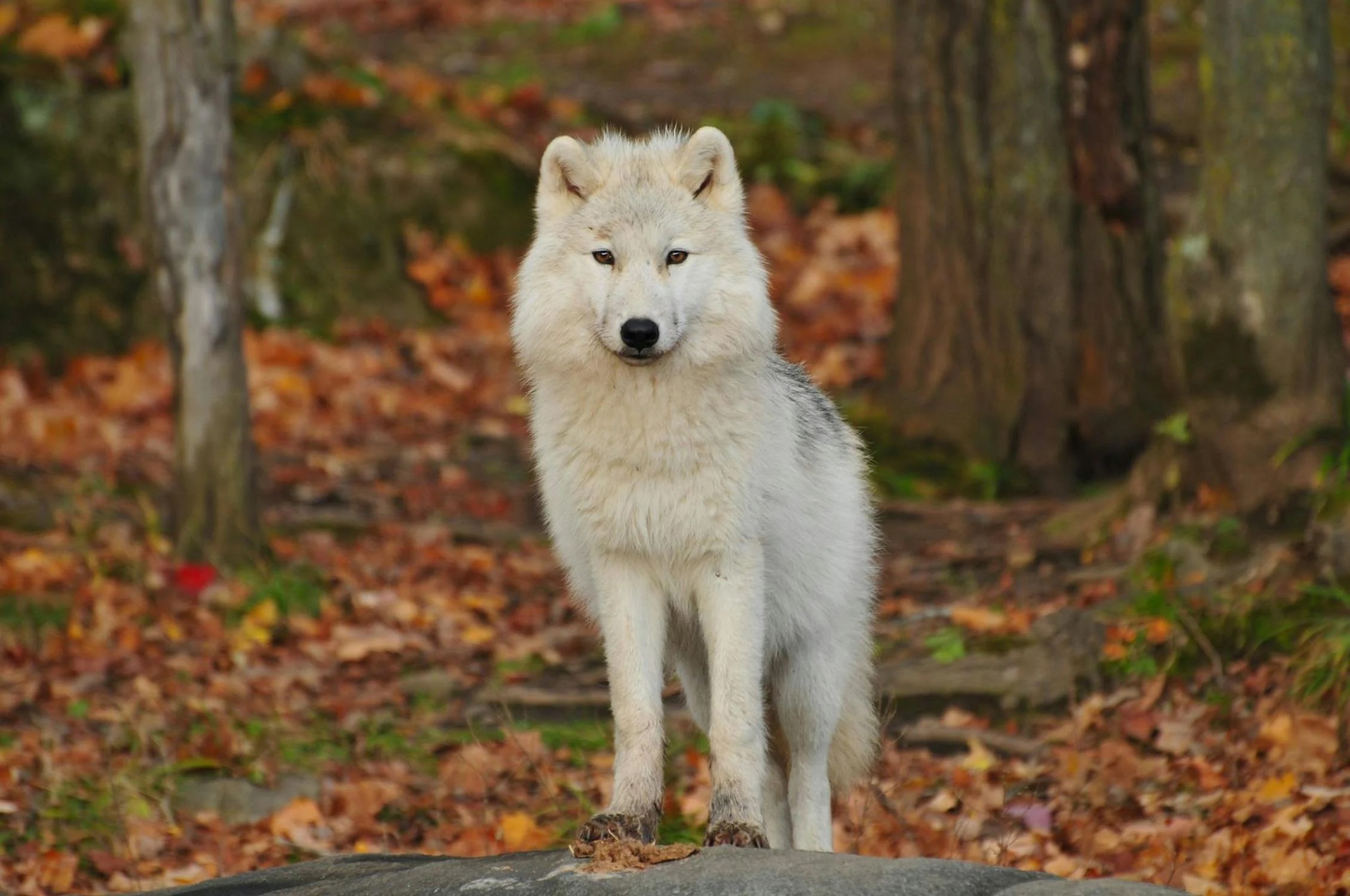
For nearly a decade, Washington state has struggled to keep wolves from killing livestock. Because wolves are listed as state and federal endangered species, it is illegal to kill, harm, or harass them.
Hunting wolves is only legal in Alaska and Canada, where the wolf population has remained steady over the years.
Other Animals Restoration Projects
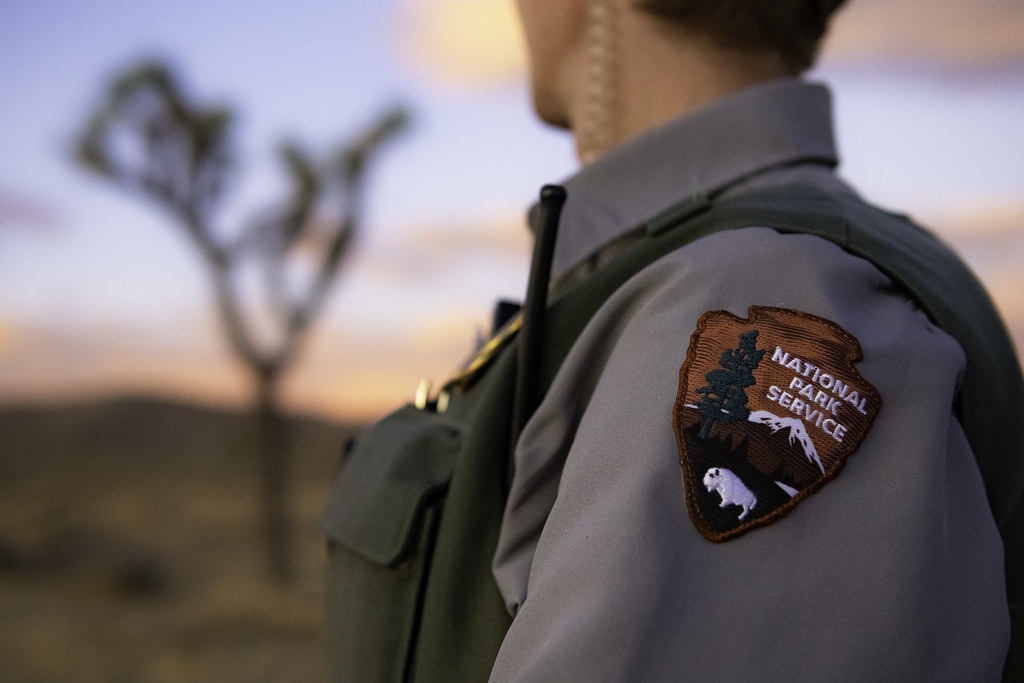
Grizzlies are not the only animals that are being reintroduced to areas where they have been driven to near extinction. European bison have been returning to Romania and wolves to the American Northwest region.
While human activity has greatly harmed the population of wild animals across the world, many hope that humans and wildlife can learn to live in harmony with each other.
























